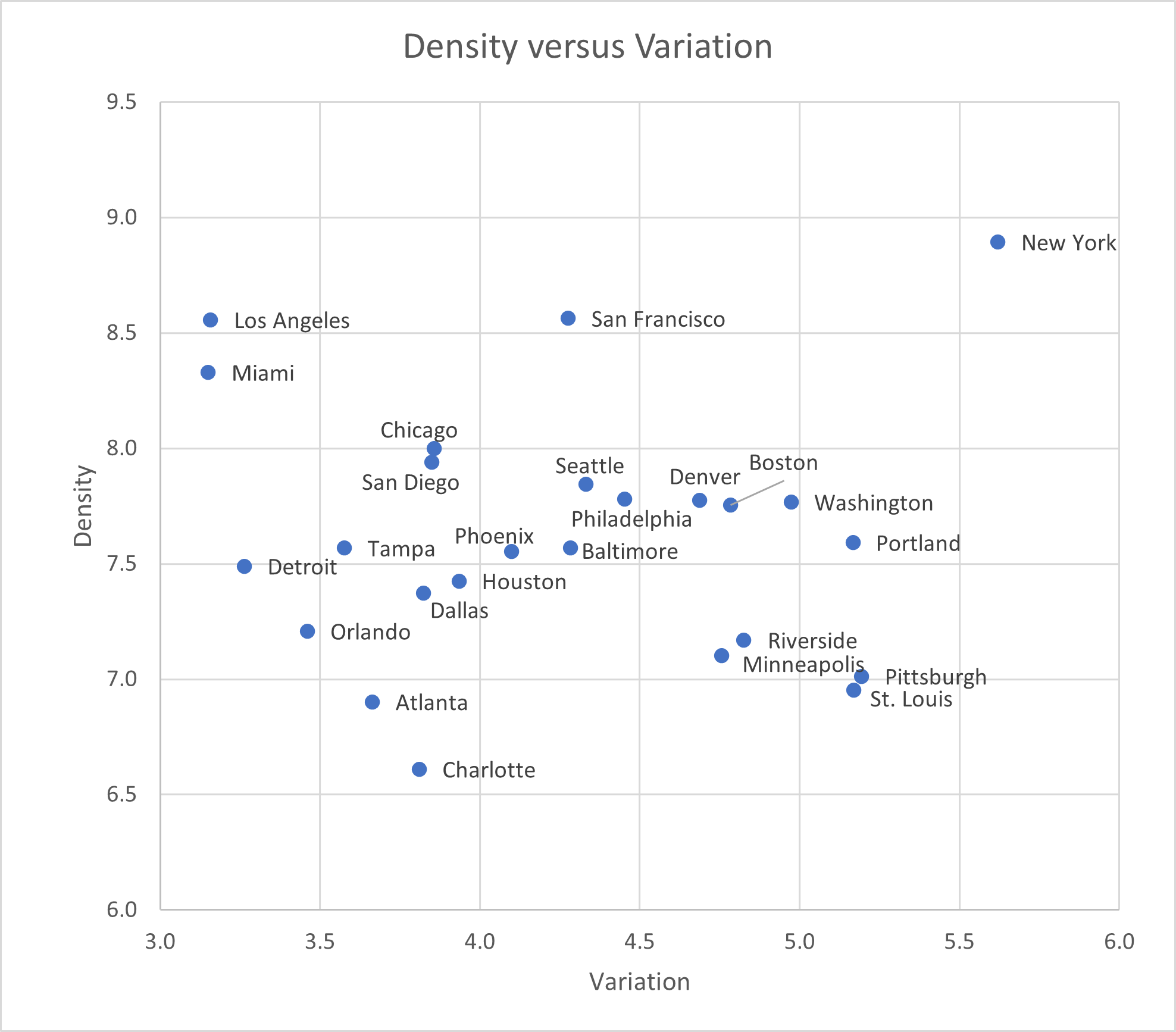Physical Address
304 North Cardinal St.
Dorchester Center, MA 02124
Physical Address
304 North Cardinal St.
Dorchester Center, MA 02124

A quick data exercise shows that LA really is unique among big American metros, matched only by its East Coast twin, Miami.

It is because every individual knows little and, in particular, because we rarely know which of us knows best that we trust the independent and competitive efforts of many to induce the emergence of what we shall want when we see it. — Friedrich Hayek, The Constitution of Liberty Imagine the perfect city. If you have a clear picture in mind, you’re not alone. Tsars, emperors, and prophets have been trying to build perfect cities for millennia. With the emergence of the field of urban planning and modern social science, everyone from stenographers to industrialists to independent architects have joined in. For Ebenezer Howard, the perfect city was the Garden City, a corporate-owned residential satellite on the outer edge of town. For Le Corbusier, it was the Ville Radieuse, full of “skyscrapers in the park” and elevated highways. For Frank Lloyd Wright, it was Broadacre City, a dispersed anti-city full of single-family homes on one-acre lots. Each reflects a distinct vision of urban life, and each seems to have as many opponents as it does proponents. Thankfully, few of these plans have ever been implemented in full on a mass scale. Yet “perfect city” thinking—the view that one particular vision of urban form should be imposed by planners—has manifested itself in small ways in cities around the world through the construction and enforcement of specific theories of how a city should work. This approach to urban form involves expanding urban planning beyond prudentially managing infrastructure and mitigating destructive negative externalities and toward enforcing and preserving particular lifestyle and aesthetic preferences. Consider: while Ville Radieuse was never built, many cities bulldozed traditional urban neighborhoods to construct the urban elevated highways of Le Corbusier’s dreams. While Broadacre City never moved beyond the model stage, many suburban communities still zone minimum lot sizes […]